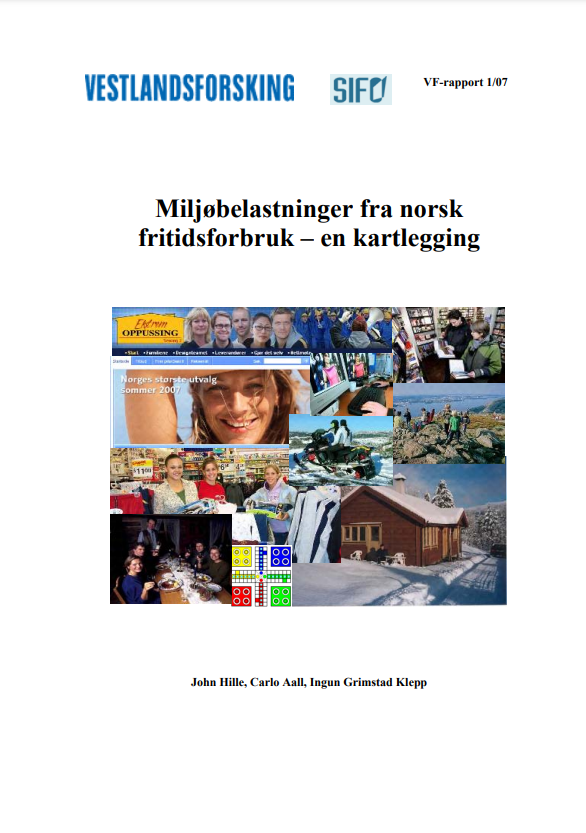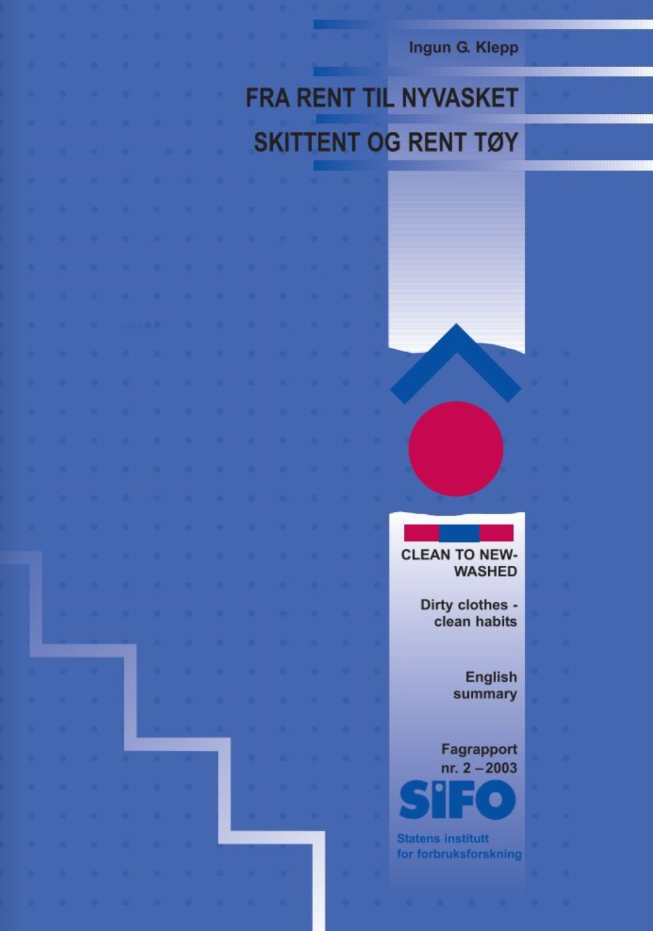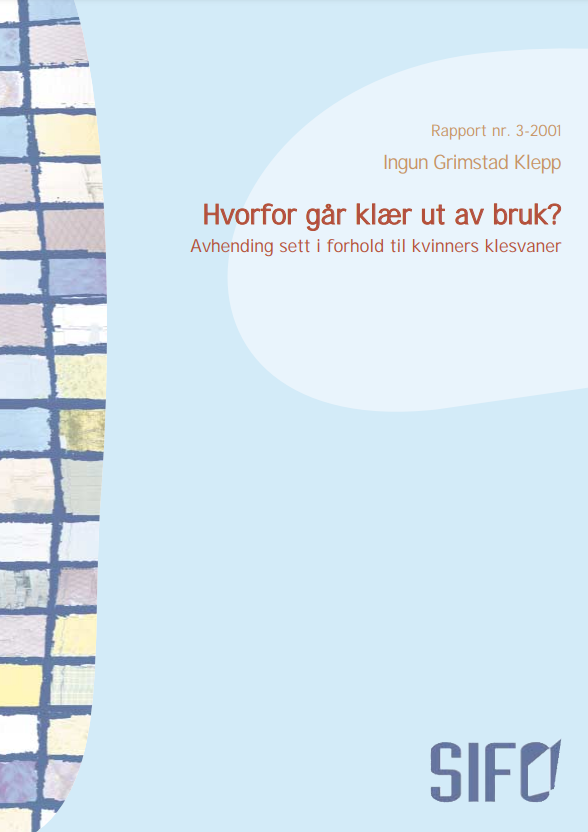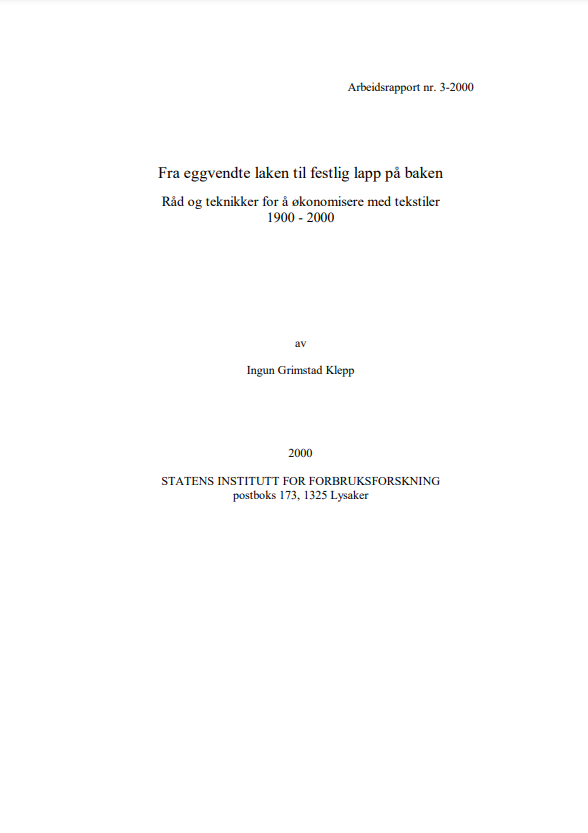Reparasjon og gjenbruk i 1900-tallets håndarbeidsbøker
Ingun Grimstad Klepp
Innledning
For våre formødre utgjorde vedlikehold og reparasjoner av tekstiler en stor og tidkrevende del av husarbeidet. Tiden som har blitt brukt på dette har minket betraktelig i løpet av 1900-tallet (Avdem og Melby 1985, Hagemann & Roll-Hansen 2005, Sæbø 1986, Lingsom & Ellingsæter 1983). Fra å ha utnyttet alt til siste trevl, sies det ofte at ingen reparerer noen ting lenger. Slike absolutte påstander er sjelden riktige, og noe gjøres fortsatt, delvis på andre måter enn før (Klepp 2001 og 2002). I denne artikkelen skal vi ikke se på hva som er blitt gjort – eller gjøres, men hvordan ulike teknikker har blitt omtalt og formidlet i samtiden. Hva slags teknikker fantes på 1900-tallet for å ta vare på tekstilene, og hvordan endret de seg i dette århundret? Når skjedde disse endringene, og hva har til en vært tid vært ansett som viktig å lære bort? Kildene til å besvare disse spørsmålene er 80 håndarbeidsbøker, alt fra store oppslagsverk, til enkle mønstersamlinger. Dette er supplert med noen årganger av medlemsbladet for Husmorforbundet –, Husmoderen, Arbeidermagasinet – senere Magasinet for alle, håndarbeidsbladet Alt om håndarbeid og Kvinner og Klær. All omtale av teknikker for reparasjon og gjenbruk er er registrert og analysert ut fra spørsmålene hvordan teknikken har blitt presentert og hva hensikten har vært med dem. Analysen får dermed også frem forfatteres og utgivers holdninger til bruken av dem. Dette vil bli sett på som måter å forstå teknikkene i samtiden. Med samtiden menes her det tiåret publikasjonen ble utgitt. Analysen av håndarbeidsbøkene og bladene vil bli organisert i noen hovedtyper teknikker for å økonomisere med tekstiler. Men først vil jeg kort beskrive litt av den tekstile hverdagen bøkene og bladene ble brukt innenfor.
Klikk her for å lese hele artikkelen (dms07.dimu.org).
English summary
Reparing, patching and darning in the 20. century
The article discusses changes in the way different techniques for economising with textiles is referred to in the 20th Century. The material consists of 80 needlework books, in addition to some periodicals and ladies’ magazines. The analysis focuses when the different techniques are described relative to each other and how they are described. The described techniques include needlework for the prevention of wear and tear, different kinds of mending, recycling of textiles through re-sewing and the utilisation of rags, patches and left-over yarn. The development goes from numerous time-consuming and specialised techniques at the beginning of the century towards fewer and far simpler techniques. In the earliest period utilising everything to the last rag seems like an implied matter of course. Later this kind of work is given a moral significance, and at last it is liberated from economic as well as moral reasons. Technically this development is shown through a change from stressing advanced and invisible techniques which made the mended or re-sewn garment as similar to the original as possible, to a stressing of the techniques’ potential for a unique aesthetical expression. The 1970s is the golden age for this kind of work, which can be explained both by “anti-fashion”, the new ideology of art education in the schools and by a growing ideology of leisure time. Towards the end of the century the techniques for economising with textiles disappear from the books of needlework. Yet in the magazines there is still a certain interest in wardrobe planning and renewal of garments.
The full article is only available in Norwegian.



